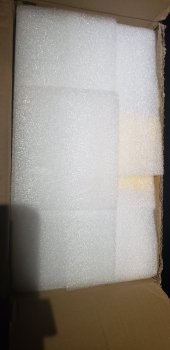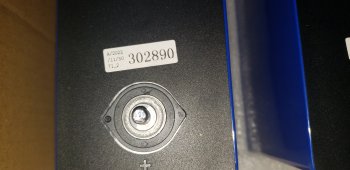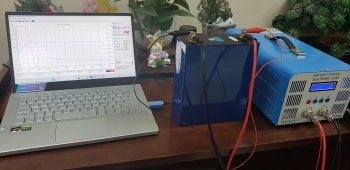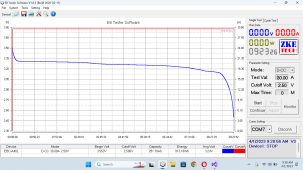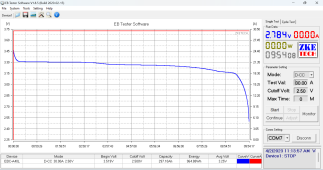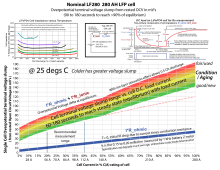Sam Cho TX
Solar Enthusiast
Well after seeing a slew of videos it seems to me that there is not much difference between grade A and B, so why not try some from 18650batterystore. Anyway I previously tested some of the EV grade from Sunfunktis and was pretty happy with the results, but they have raised the price a bit since then, here is that thread: https://diysolarforum.com/threads/new-toys-arrived-zke-40-tester-sun-fun-kits-eve-lf304-cells.56015/
I could use a few batts so when the 304 came back in stock I ordered 4.
Well... they are packaged Ok I would say, not as nice as Sun Fun Kits but no damage, however, I can already see some issues. I see 2 of my cells are 302AH and 303AH so this is already below the 304 18650store claims on there page... guaranteeing to pull 304 AH.
Also the welds on the terminals look pretty bad looks like they even burned the terminal plastic a bit.
Anyway my total cost was $149.33/cell shipped so lets see how they test. The Sun Fun Kits cells where $202/cell shipped so we are about $53.33 more per cell.
I could use a few batts so when the 304 came back in stock I ordered 4.
Well... they are packaged Ok I would say, not as nice as Sun Fun Kits but no damage, however, I can already see some issues. I see 2 of my cells are 302AH and 303AH so this is already below the 304 18650store claims on there page... guaranteeing to pull 304 AH.
Also the welds on the terminals look pretty bad looks like they even burned the terminal plastic a bit.
Anyway my total cost was $149.33/cell shipped so lets see how they test. The Sun Fun Kits cells where $202/cell shipped so we are about $53.33 more per cell.
Attachments
Last edited:




